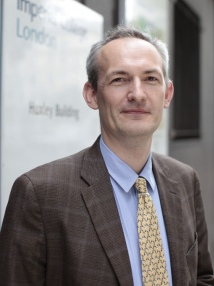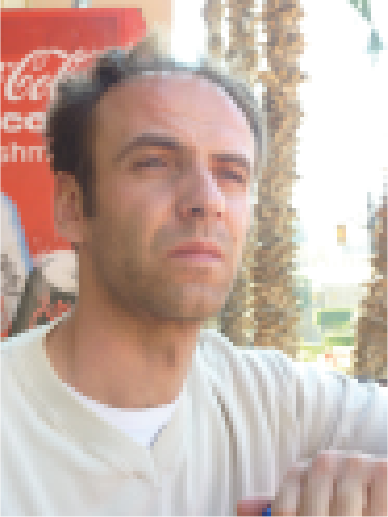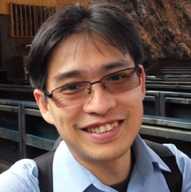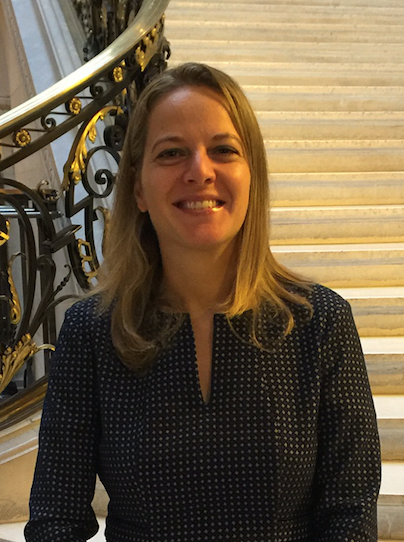|
|
|
Plenary Speakers
Plenary 1:
Andrea Bergamini:
|
|
text h
Abstract: From the point of view of a materials scientist, the present interest in phononic materials is a dream come true: We can easily test the lessons learned about the structure-properties relationship in materials without having to give too much thought about the thermodynamic and kinetic challenges that challenge 'classical' material synthesis. Moreover, in the spirit of the definition of atoms offered by Lapine and Tretyakov, we can introduce in our atoms and atomic links novel and unusual properties and functionalities that will help us synthesize useful phononic materials for engineering applications. This talk offer some examples, from a materials science perspective.
Curriculum Vitæ: Dr. Andrea Bergamini is a Senior Scientist at the Laboratory for Acoustics/Noise Control. He received his doctoral degree in mechanical engineering work on the electrostatic modification of the mechanical properties of structures in 2009 and his Masters degree in materials science from ETH Zurich in 1994 with work performed at the University of Reading on mechanical properties of genetically modified tobacco plants. His scientific work from 2000 to 2005 was focused on the development of magnetic methods for the non-destructive evaluation of large diameter steel cables. Since 2003 he has been working on variable stiffness and variable damping structures based on electrostatic mechanical coupling of interfaces. His current activities span devices based on different types electromechanical coupling, with focus on vibration damping and adaptive structures, and structured material (metamaterials, phononic crystals) for wave propagation control. Since 2012 he is a Lecturer at the Swiss Federal Institute of Technology in the Department of Mechanical and Process Engineering, where he teaches a course on adaptive materials for structural applications. ere |
Richard Craster:
|
|
Abstract: Elastic metamaterials and topological effects This talk will review the field of elastic metamaterials, primarily from a personal perspective and place the field in the broader context of optical, electromagnetic and acoustic metamaterials. The difficulties of applying metamaterial ideas in the context of the full elastic equations will be discussed together with the potential and possible applications.
Topological ideas have recently come to the fore in classical wave systems where ideas based upon concepts from topological insulators have become popular, here we will discuss their possible application to wave guiding and beam splitting in elastic systems.
Curriculum Vitæ:
Richard Craster is currently a Leverhulme Research Fellow and has just stepped down as Head of Department of Mathematics at Imperial College. He has been at Imperial since 1998 apart from holding a distinguished chair in Alberta, Canada, 2008-2010 returning to become Head of the Mathematics Department at Imperial. He is a Professor of Applied Mathematics and, in addition to being in the Mathematics Department is also a member of the Mechanical Engineering Department at Imperial College.
He is the co-director of the UK Acoustics Network (UKAN), chair of the special interest group in metamaterials. The network (www.acoustics.ac.uk). UKAN is a highly successful Network with 498 members (as per 9 January 2019). It consists of 12 Special Interest Groups which cover a majority of acoustics related research in the UK. Since its start in November 2017 and with under his co-leadership the EPSRC UK Acoustics Network has organised and run around 30 networking events which brought together and connected hundreds of people working in acoustics in industry and academia in the UK. He is the co-editor, alongside Guenneau, of the first book on Acoustic Metamaterials published in 2012 by Springer, PI of an EPSRC Programme grant on the Mathematical fundamentals of Metamaterials, and recently co-editor of the volume on Elastic Metamaterials for the Handbook of Metamaterials. He has written over 150 research articles, has an h-index of 45 (according to google scholar), across a wide range of engineering, physics and mathematics, and has a wide range of collaborators nationally and internationally with several of the theoretical metamaterial designs now being built by experimental groups. In industry he sits on the scientific advisory boards of the Smith Institute and Multiwave (an SME in metamaterials), has undertaken numerous industry consultancy and advisory roles. His research is mainly in the area of acoustic metamaterials, elastic wave propagation and fluid mechanics and ranges from theory through to experiments usually undertaken with collaborators in engineering and physics. In teaching and education, he chaired the A-level Content Advisory Board for the Russell Group, for Mathematics, reporting to the Department for Education; this advice shaped the content of the current Mathematics A-levels. He currently chairs the A-level Mathematics contact group for ACME reporting to the Royal Society, and chairs the advisory board of Mathematics in Education and Industry a charity supporting mathematics teaching in the UK.
|
Jean-Philippe Groby:
Jensen Li:
Angela Madeo:







